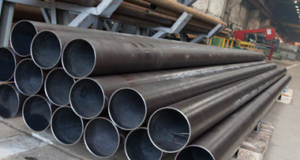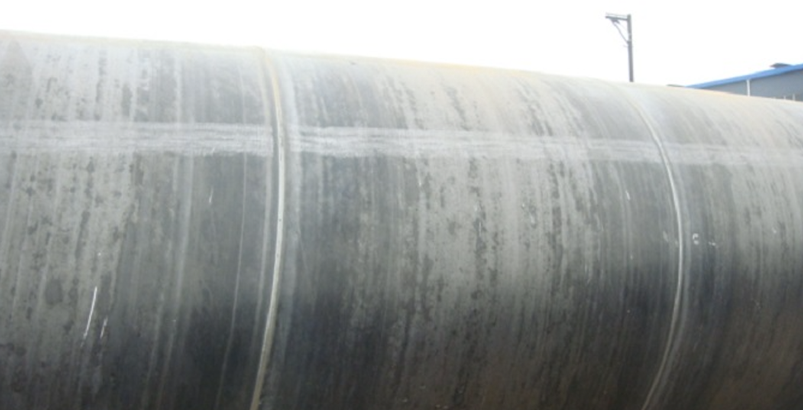Large Diameter Pipe in Building Applications
By Kim Olson, PE
Technical Consultant, Steel Tube Institute
As the construction market continues to boom, it seems that the desire for larger pipe and tube sections continues to grow as well. Availability of these sections should be a concern if you are considering specifying them. We have identified a few items that may be of help for the designer specifying these large sections.

Outside Diameter (OD) Limits – ASTM A500 and ASTM A1085 have limitations for sizes with peripheries less than or equal to 88”. Anything larger than a 28” OD round section cannot be specified as A500. However, rounds that large are not produced to the A500 specification domestically. Currently, the largest A500 sections being made in the U.S. are 20” OD. By the end of 2021, there will be a new mill producing sections up to 28” OD.
Wall Thickness Limits – In addition to the periphery limits, A500 and A1085 also have limits on the wall thickness. Currently, the maximum thickness of an A500/A1085 member is 0.875”. It is anticipated that this limit will be increased to 1” in time for the opening of the aforementioned new mill.
Beyond 20” OD – If your project requires members that exceed what is currently produced in A500, there is piping produced for other industries that can be used in structural applications with caution. Most commonly, products that meet specifications such as API 5L for the oil and gas industries can be procured.
An Intro to API 5L – From a structural engineer’s point of view, here are some of the notable differences:
- These products come in many grades, denoted by “X65” or “X70”, which refer to the yield strength (i.e., X65 has a yield strength of 65,300 psi).
- While this product comes in very large diameters, the thicknesses of a domestically produced pipe is limited to 1”. Imported material, especially from Asia, is available with thicker walls, although the availability of such products is often difficult to nail down.
- As it is intended for the use of a pipeline in the transportation of petroleum and natural gas, the tolerances and finishes we expect for building products are not applicable to API 5L products.
- If a large section is required but the stringent requirements of the API 5L Specification are not, it may be prudent to call out the section as “ASTM A500 Grade C or approved equivalent”. This allows a mill that has not gone through the rigorous certifications necessary to obtain an API license to produce the material needed for a construction application and may save the project significant cost.
Weld Seams – A500 and A1085 round sections are produced with a straight seam weld. Specifiers should be aware that other specifications for round sections, particularly large pipes, are produced with a spiral weld. That is to say the weld seam does not run longitudinally down the member but wraps around the member like a spiral. This is of particular importance if the member is to be used as an architectural element or AESS. In that case, it should be specified on the contract documents that the member shall be “straight seam welded.”

There are many successful projects underway using large round hollow sections and we would love to see them! Please send us your project details at hssinfo@steeltubeinstitute.org.
January 2020